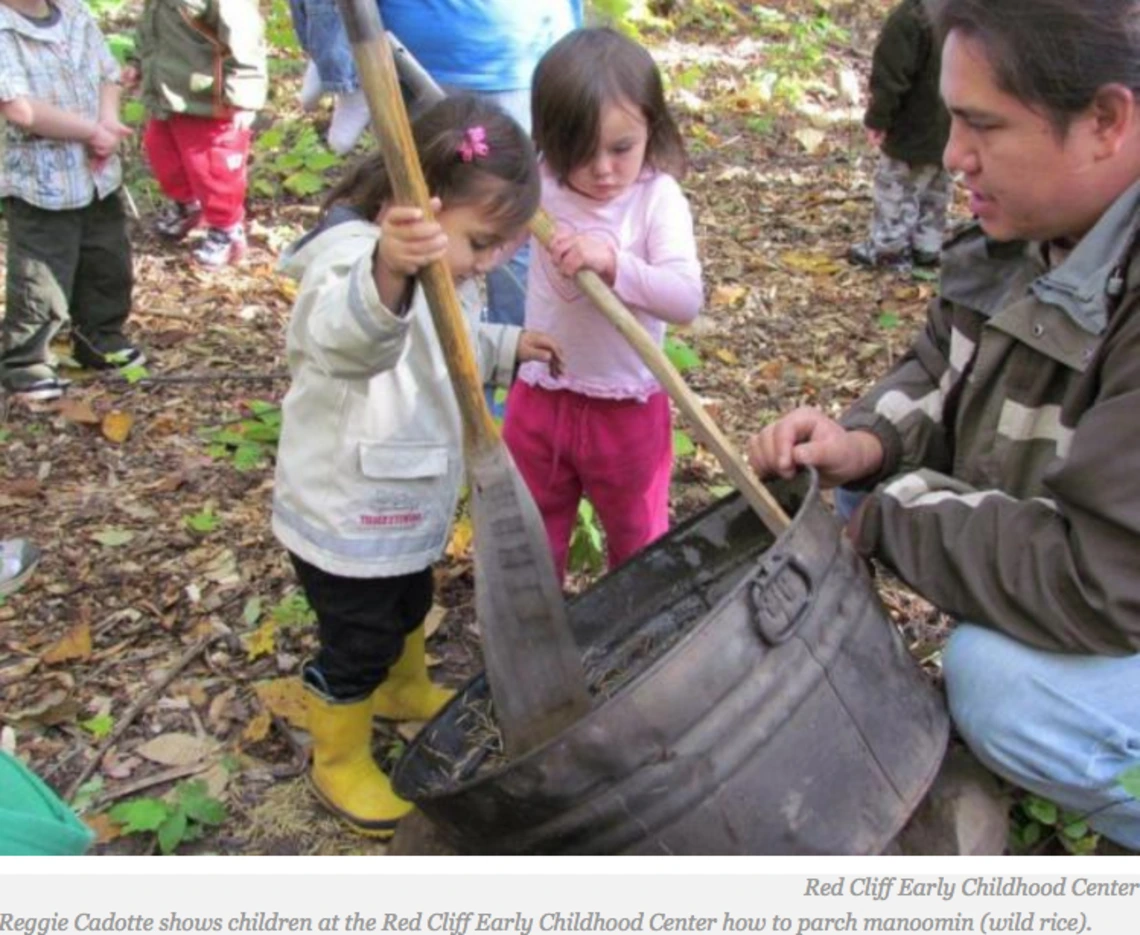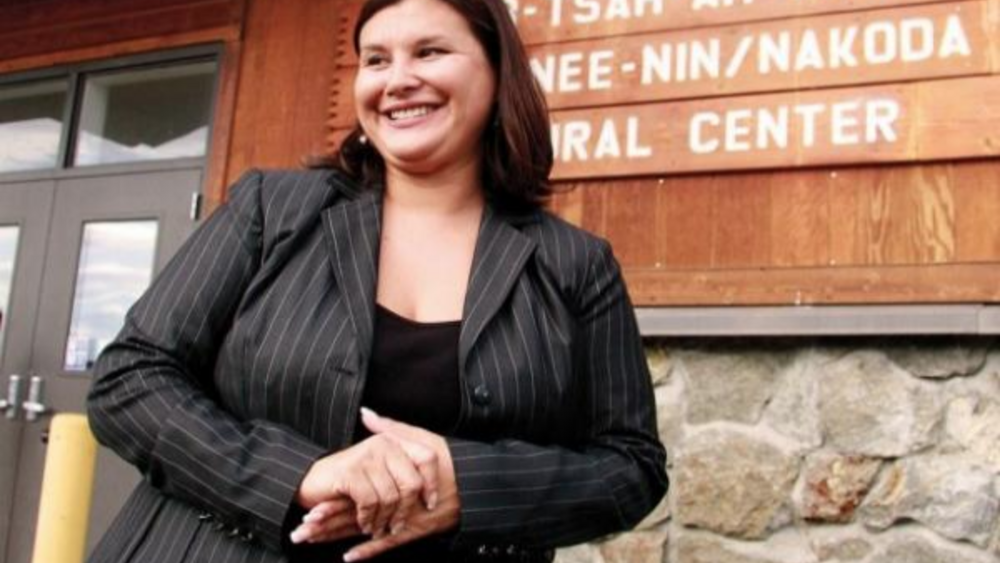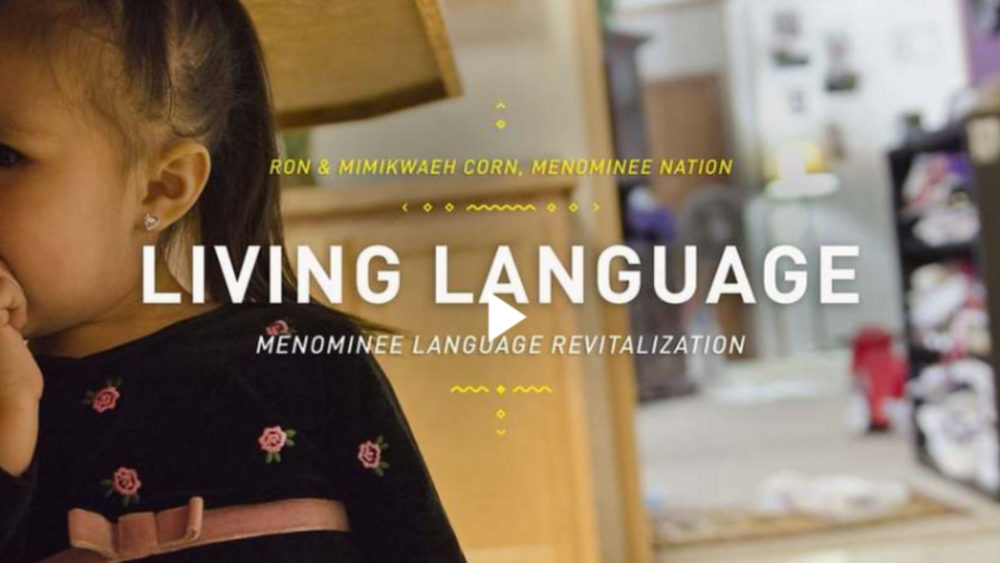Language immersion schools have proved to be enormously beneficial for young learners’ academics. To quote Dr. Janine Pease-Pretty on Top, Crow, founding president of Little Big Horn College, “Solid data from the Navajo, Blackfeet and Assiniboine immersion schools experience indicates that the language immersion students experience greater success in school, measured by consistent improvement on local and national measures of achievement.” Early childhood language immersion programs must be adapted to the cultural and financial resources available. Here are some examples of how educators have done that...
Additional Information
Lee, Tanya H. "Preserving Culture: 6 Early Childhood Language Immersion Programs." Indian Country Today. April 23, 2014. Article. (https://ictnews.org/archive/preserving-culture-6-early-childhood-language-immersion-programs, accessed June 3, 2024)




